Up to 80 percent of fishmeal could be replaced in larger fish
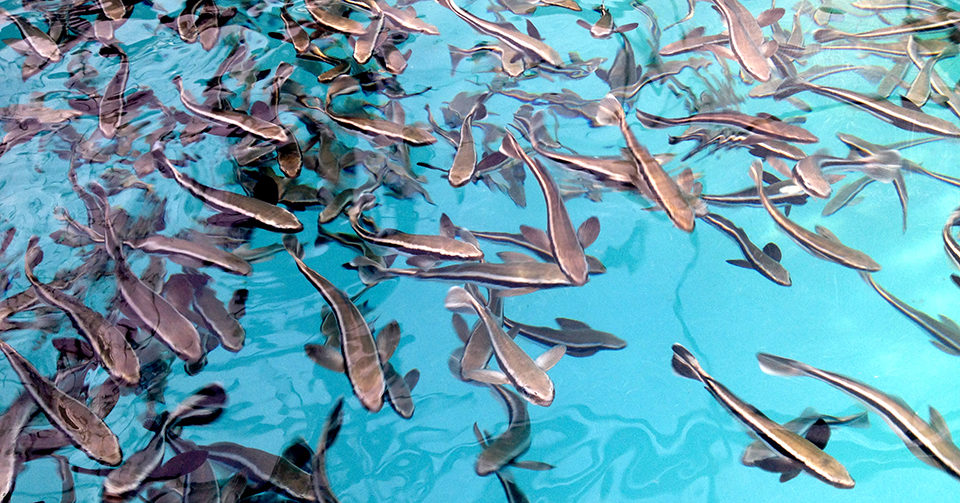
Seventy-five percent of the commercial fisheries catch that does not reach our tables is directed to reduction – fishmeal and fish oil production – which annually amounts to approximately 16.5 million metric tons (MT). Traditionally, these two ingredients have been important sources of protein, essential fatty acids and energy for fish feeds.
In 1988, aquaculture utilized approximately 10 percent of the total 6.5-million MT production of fishmeal for feeds. In 2008-2009, aquaculture used 59 percent of the global fishmeal production (5 million MT) and 80 percent of fish oil production (1 million MT).
The rising cost of fishmeal, $1,300/MT in 2012, stands to threaten the continuing expansion and prosperity of the global aquaculture industry. In contrast, plant-based materials sell for a fraction of the price of fishmeal and are readily available worldwide. This accessibility, coupled with the lower cost of plant-based raw materials, makes the substitution of fishmeal with alternative protein and lipid sources attractive for aquaculture nutritionists.
Feeding cobia
Cobia (Rachycentron canadum) is a pelagic species found in tropical and subtropical waters worldwide, except for the eastern Pacific and the Mediterranean. With its fast growth and premium white meat, this species has been touted as an excellent candidate for aquaculture for more than a decade. Indeed, collective efforts conducted by researchers and the private sector the world over led to a mastery of cobia aquaculture technology from egg to market.
Currently, the only two major hurdles for these activities to expand into a major industry are increasing production efficiency and a more complete grasp of this species’ nutritional requirements for the development of optimal feeds. One of the paramount concerns for cobia farming, and the industry as a whole, is the economic and environmental sustainability of feeding carnivorous fish.
Many top feed manufacturers produce diets with high inclusion levels of fishmeal and fish oil, resulting in high fish in:fish out ratios (FIFOs). Since feeds account for more than half of total operating costs in the cage culture of cobia, the industry has shown great interest in maximizing fishmeal replacement with suitable lower-cost ingredients.
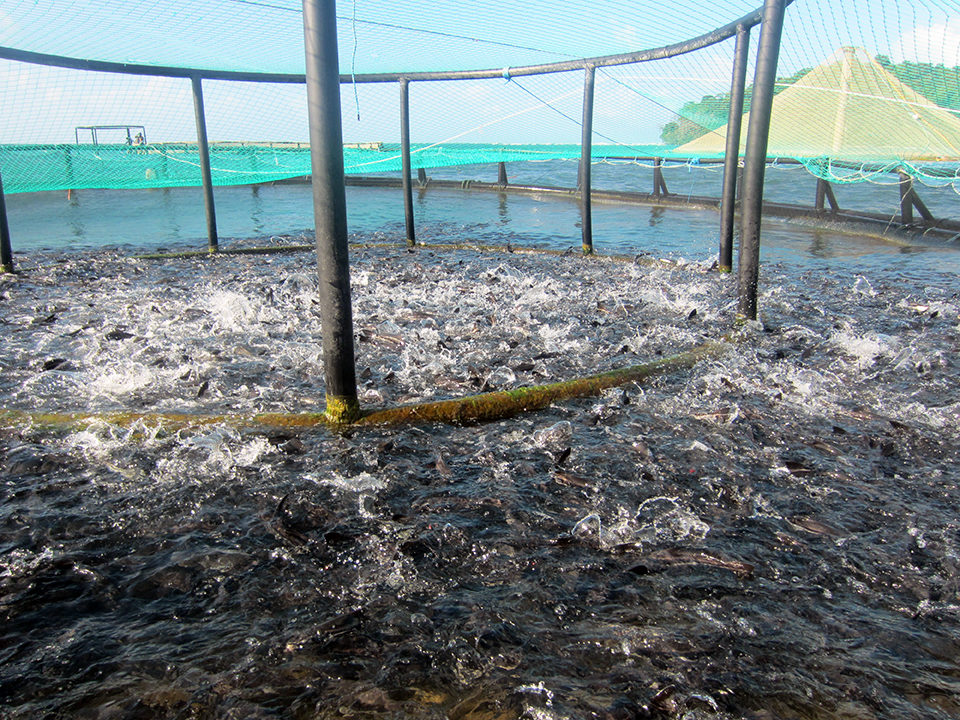
Marine ingredient replacement
The challenge for researchers is to achieve this with no detriment to growth performance, health or flesh quality. Therefore, studies have been conducted on the utilization of vegetable meals and oils as fishmeal and fish oil replacements in cobia diets.
Fishmeal and fish oil provide essential amino acids, fatty acids and a combination of micronutrients necessary for growth and development that cannot be found in most plant-based substitutes. For this reason, replacement of fishmeal and fish oil is not easily accomplished and requires supplementation with specific nutrients, such as omega-3 fatty acids and essential amino acids. A lack of fatty acids not only impacts fish health, but also the nutritional quality of the meat.
Plant-based ingredients contain several anti-nutritional factors that can negatively affect fish digestion and physiology. These drawbacks are typically addressed through processing options designed to maximize vegetable raw materials. Soybean meal is a plant protein source that has received significant attention because of its good amino acid profile. Nevertheless, its restricted methionine content and the presence of oligosaccharides limit possible inclusion levels in fish feeds.
Replacing fishmeal
Various studies have focused on replacing fishmeal with a variety of plant-based alternatives in diets for juvenile cobia. For example, in 2004 and 2005, researchers R. L. Chou, Q. C. Zhou and co-workers concluded that up to 40 percent of fishmeal could be replaced with defatted or standard soybean meal. However, optimal replacement levels were only between 16 and 19 percent. In 2007, Angela Lunger also attained 40 percent fishmeal replacement with various organically certifiable alternate protein sources: soybean meal, soy protein isolate, hemp seed meal and yeast.
G. Salze reported in 2010 that juvenile cobia exhibited good growth performance when fed diets in which 75 percent of fishmeal was replaced with alternative products. While these studies on juvenile fish are valuable, more nutritional research is necessary on fish up to harvest size to more accurately describe the needs and responses of cobia throughout a normal commercial production cycle.
The nutritional requirements may differ significantly between a 100-gram juvenile and an adult fish at the typical 4-kg harvest size for cobia. Information on near-harvestable fish is extremely relevant because commercial farms utilize the largest amounts of feed at this stage of the production process.
U.M. Research
At the University of Miami, a study was conducted by Dr. Jorge Suarez and co-workers on the effects of replacement of fishmeal by a novel non-genetically modified variety of soy meal in aquafeed on the production performance of cobia between 1.8 and 3.2 kg in size.
The soy-based products used were dehulled soybean meal, solvent-extracted soybean meal and a non-GMO variety of soybean meal produced by Navita Premium Feed Ingredients.
Results indicated that up to 80 percent of fishmeal could be replaced in larger cobia, attaining an FIFO ratio of 1.3, without compromising growth performance or health. The ability to replace such a high amount of fishmeal indicated that the nutritional requirements of cobia may change with age and that developing more cost-effective and environmentally sustainable diets is possible without compromising health or growth rates. The study helped validate the need for additional research on cobia, not just at the juvenile stage, but at all stages of commercial production.
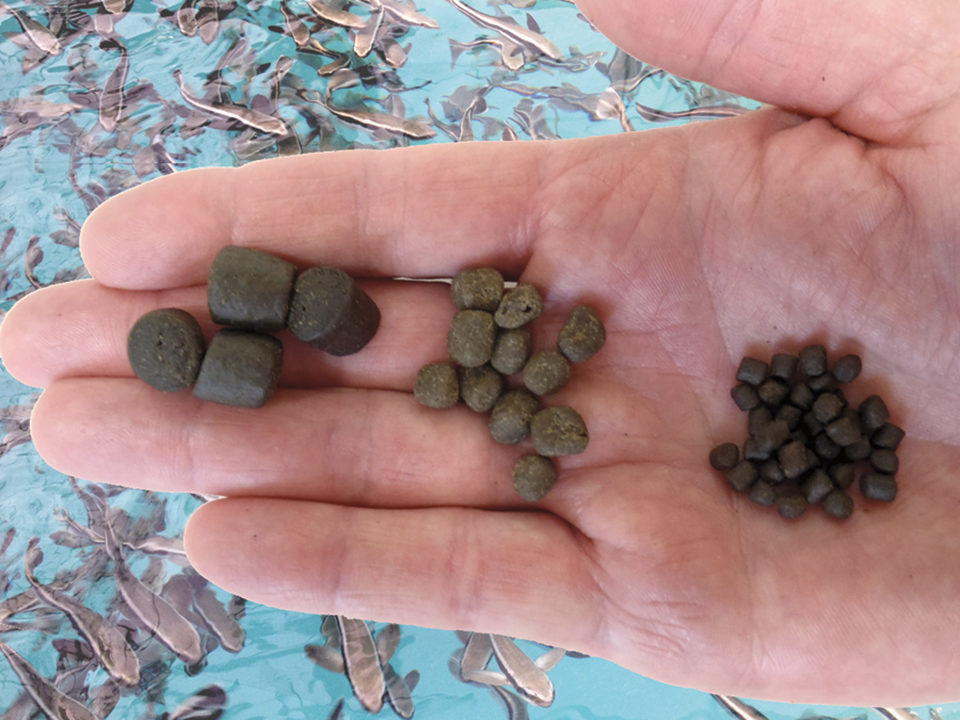
Perspectives
Rising costs and competition for fishmeal among different user groups has prompted significant advances in fishmeal replacement in formulated diets. This trend is promising, but more research is necessary to maximize fishmeal substitutions with novel ingredients that may allow even greater replacements.
A closer look at the nutritional requirements and digestive capacity of larger fish is necessary to optimize growth and minimize waste in commercial cobia farms. This mammoth task will more rapidly attain its objectives under synergistic collaborations among all stakeholders in the production chain, from suppliers of raw materials and aquafeed manufacturers to commercial farmers and research institutions.
(Editor’s Note: This article was originally published in the July/October 2013 print edition of the Global Aquaculture Advocate.)
Authors
-
Carlos E. Tudela
University of Miami Experimental Hatchery
Division of Marine Affairs and Policy
Rosenstiel School of Marine and Atmospheric Science
University of Miami
4600 Rickenbacker Causeway
Key Biscayne, Florida 33149 USA[117,100,101,46,105,109,97,105,109,46,115,97,109,115,114,64,97,108,101,100,117,116,99]
-
Jorge A. Suarez, Ph.D.
University of Miami Experimental Hatchery
Division of Marine Affairs and Policy
Rosenstiel School of Marine and Atmospheric Science
University of Miami
4600 Rickenbacker Causeway
Key Biscayne, Florida 33149 USA[121,116,114,101,104,103,117,97,68,32,121,114,97,104,99,97,90]
-
Matthew Taynor
University of Miami Experimental Hatchery
Division of Marine Affairs and Policy
Rosenstiel School of Marine and Atmospheric Science
University of Miami
4600 Rickenbacker Causeway
Key Biscayne, Florida 33149 USA -
Ronald Hoenig
University of Miami Experimental Hatchery
Division of Marine Affairs and Policy
Rosenstiel School of Marine and Atmospheric Science
University of Miami
4600 Rickenbacker Causeway
Key Biscayne, Florida 33149 USA -
John Stieglitz
University of Miami Experimental Hatchery
Division of Marine Affairs and Policy
Rosenstiel School of Marine and Atmospheric Science
University of Miami
4600 Rickenbacker Causeway
Key Biscayne, Florida 33149 USA -
Alejandro Buentello, Ph.D.
University of Miami Experimental Hatchery
Division of Marine Affairs and Policy
Rosenstiel School of Marine and Atmospheric Science
University of Miami
4600 Rickenbacker Causeway
Key Biscayne, Florida 33149 USA -
Daniel D. Benetti, Ph.D.
Division of Marine Affairs and Policy
Rosenstiel School of Marine and Atmospheric Science
University of Miami
4600 Rickenbacker Causeway
Key Biscayne, Florida 33149 USA
Tagged With
Related Posts
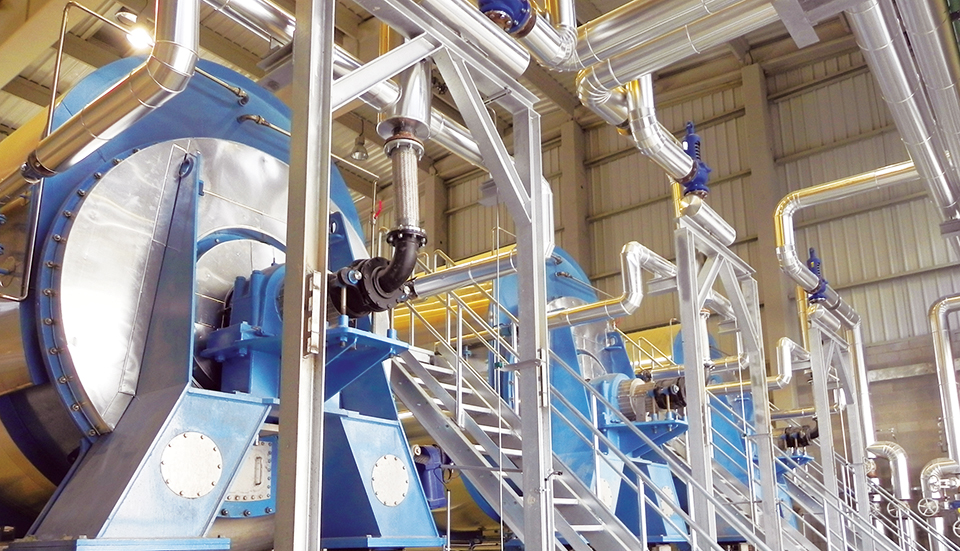
Aquafeeds
Animal byproduct concentrates useful tools in formulation
With the market volatility of fishmeal, as well as rising sustainability concerns, the aquaculture industry is seeking sources of protein, such as animal byproduct concentrates, to substitute for fishmeal.

Aquafeeds
A new nutrient for aquaculture, from microbes that consume carbon waste
Biotechnology firm NovoNutrients aims to produce a line of nutraceutical aquafeed additives as well as a bulk feed ingredient that can supplement fishmeal. Its process includes feeding carbon dioxide from industrial gas to a “microbial consortium” starring hydrogen-oxidizing bacteria.
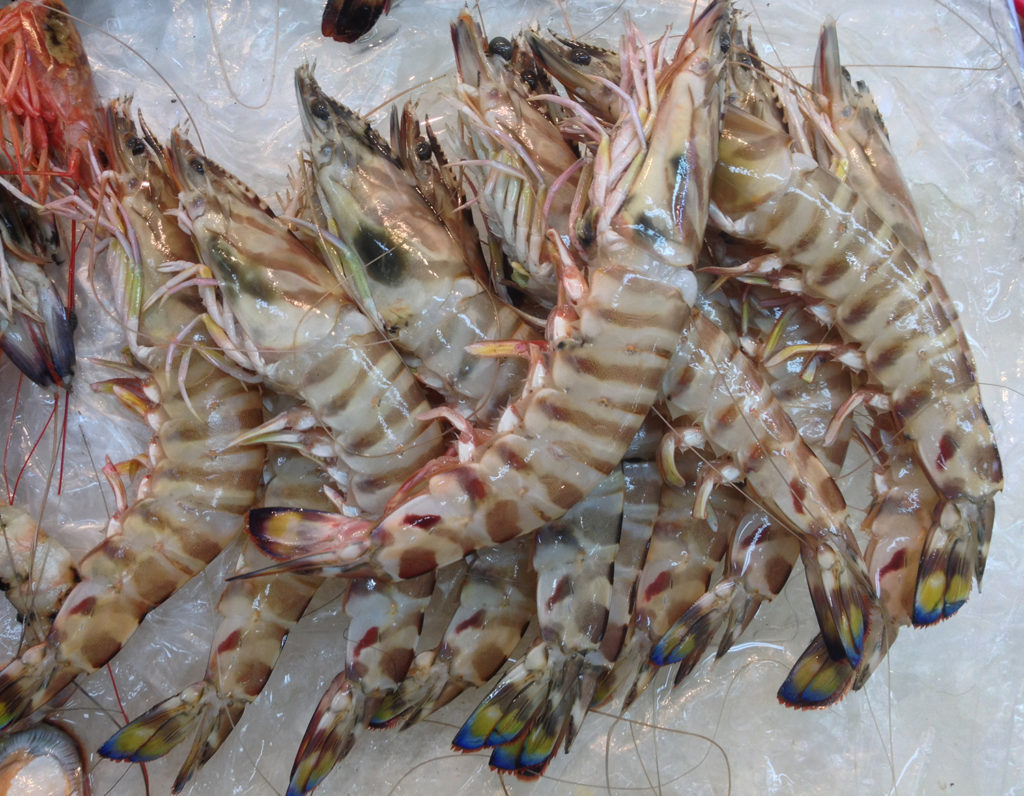
Intelligence
Aquaculture key to increasing seafood supplies to Arab states
Arab States have substantial natural resources to increase aquaculture production. Several types of systems are readily adaptable and can be implemented relatively quickly.
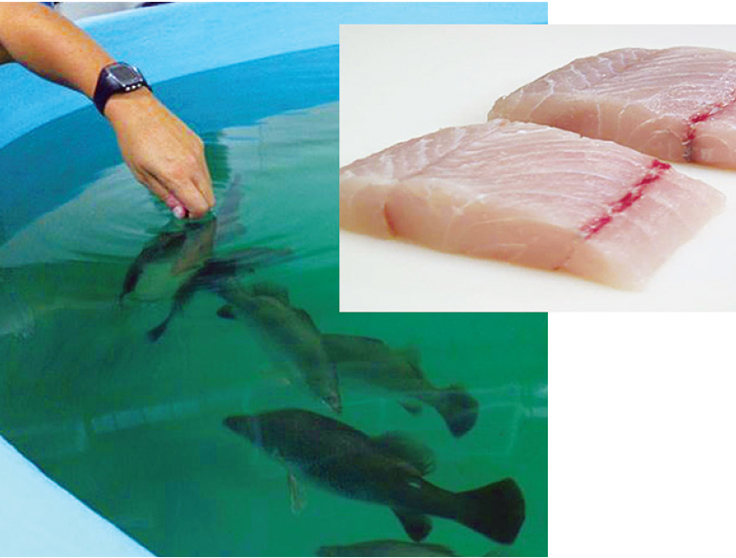
Intelligence
Adding flavor complexity to farmed barramundi
Organoleptic attributes such as flavor and aroma are among the most important factors that influence consumer acceptability and demand for fish products. Consumers have identified farmed fish as less complex and lacking “sealike” or “sea-fresh” flavors and aromas.


